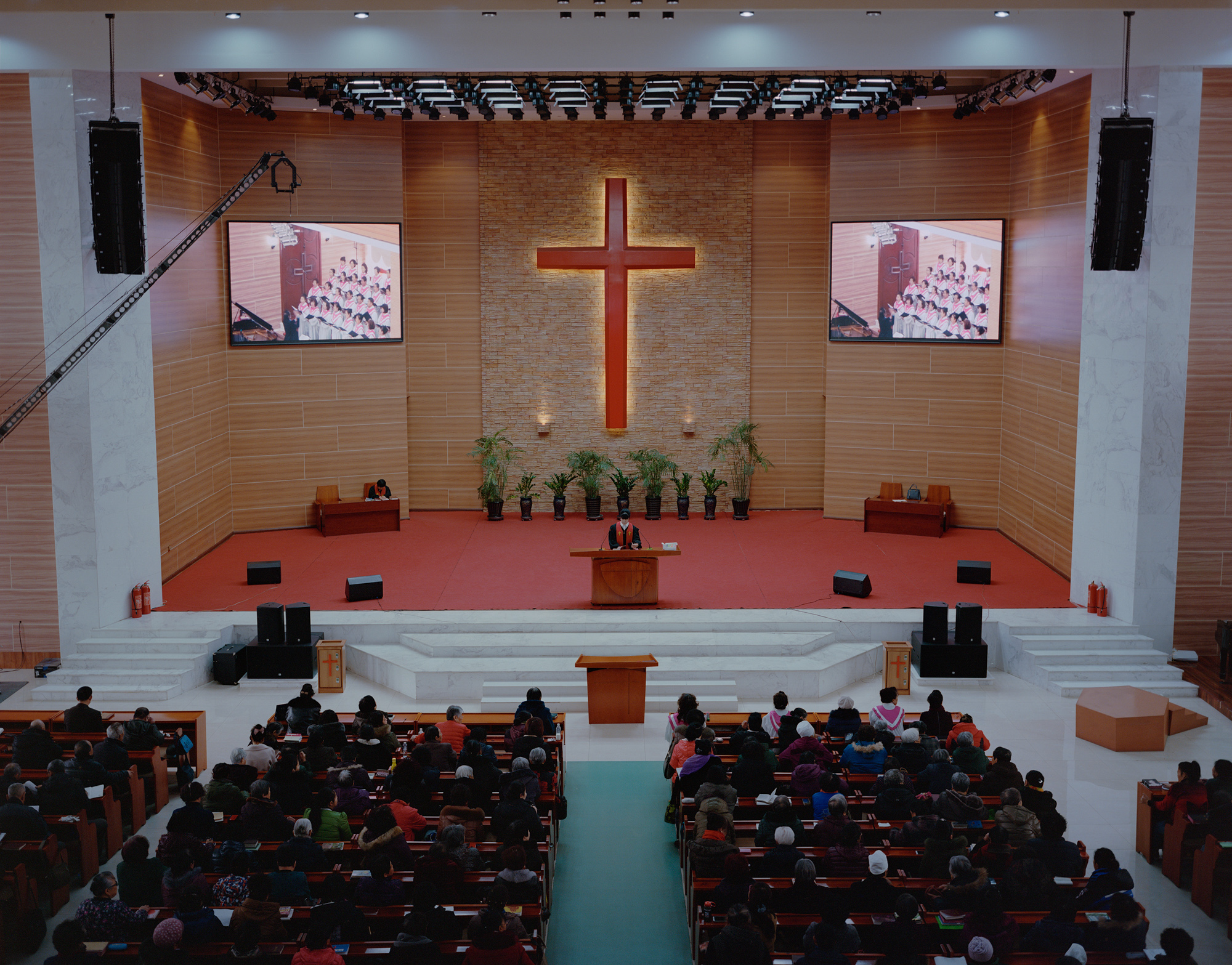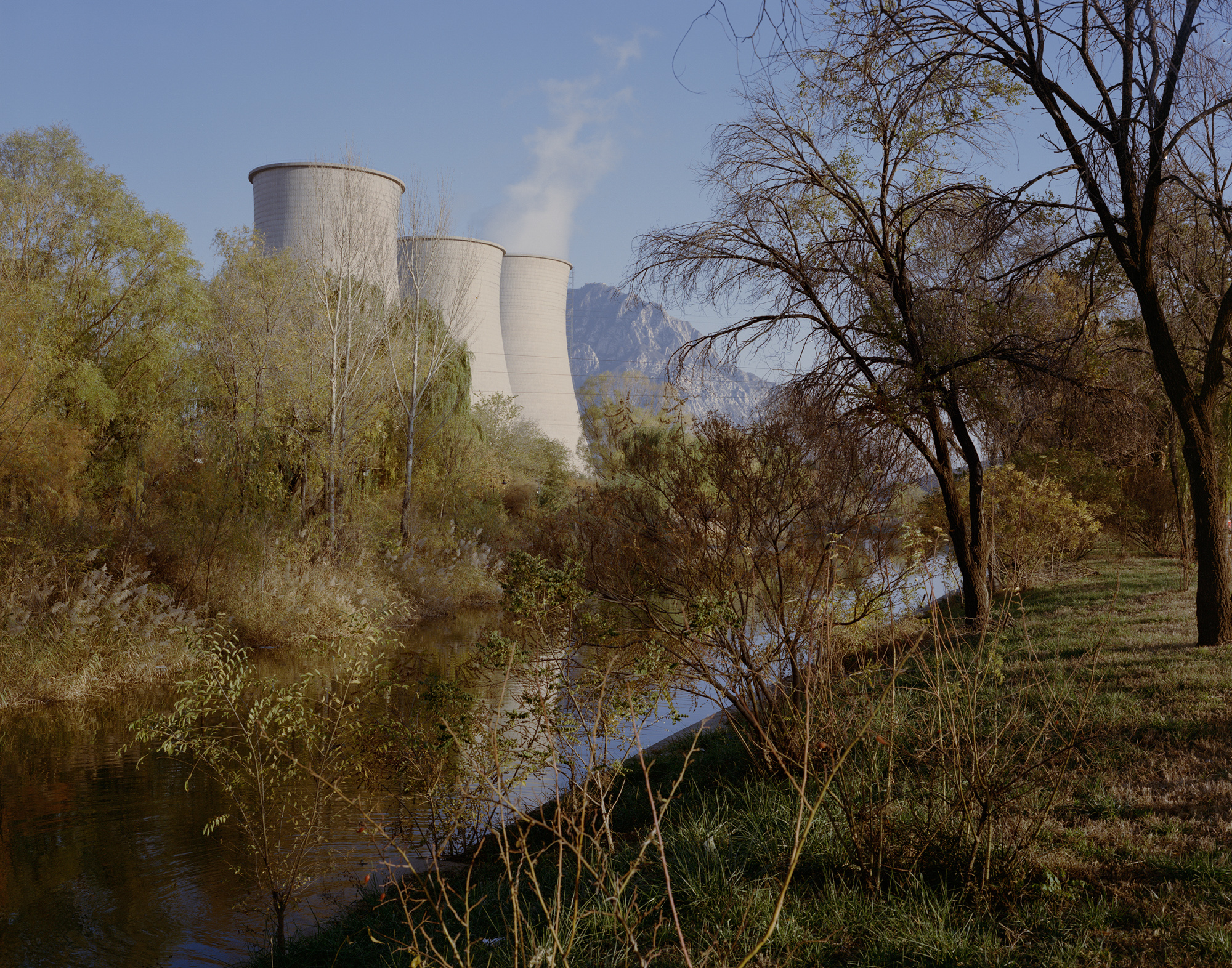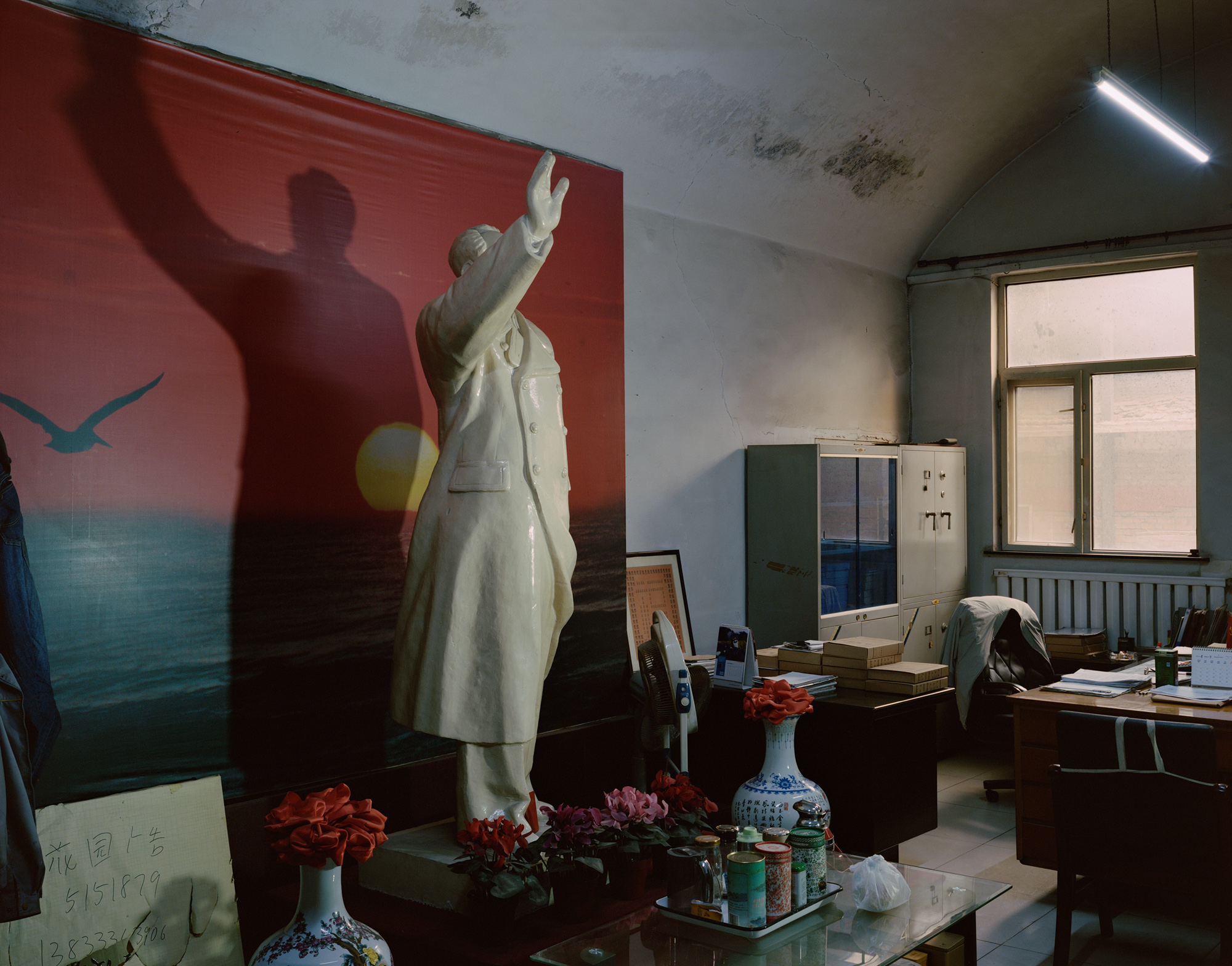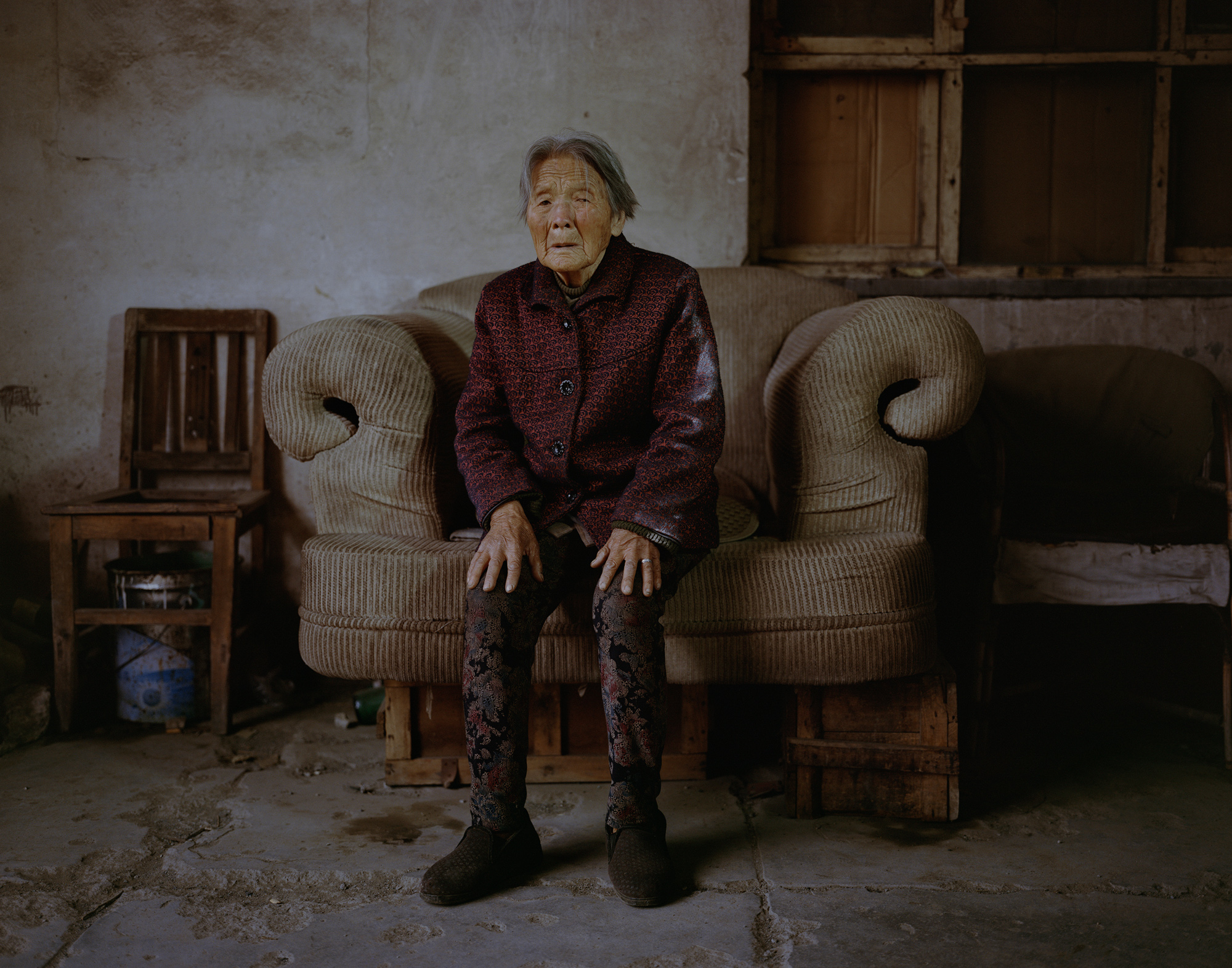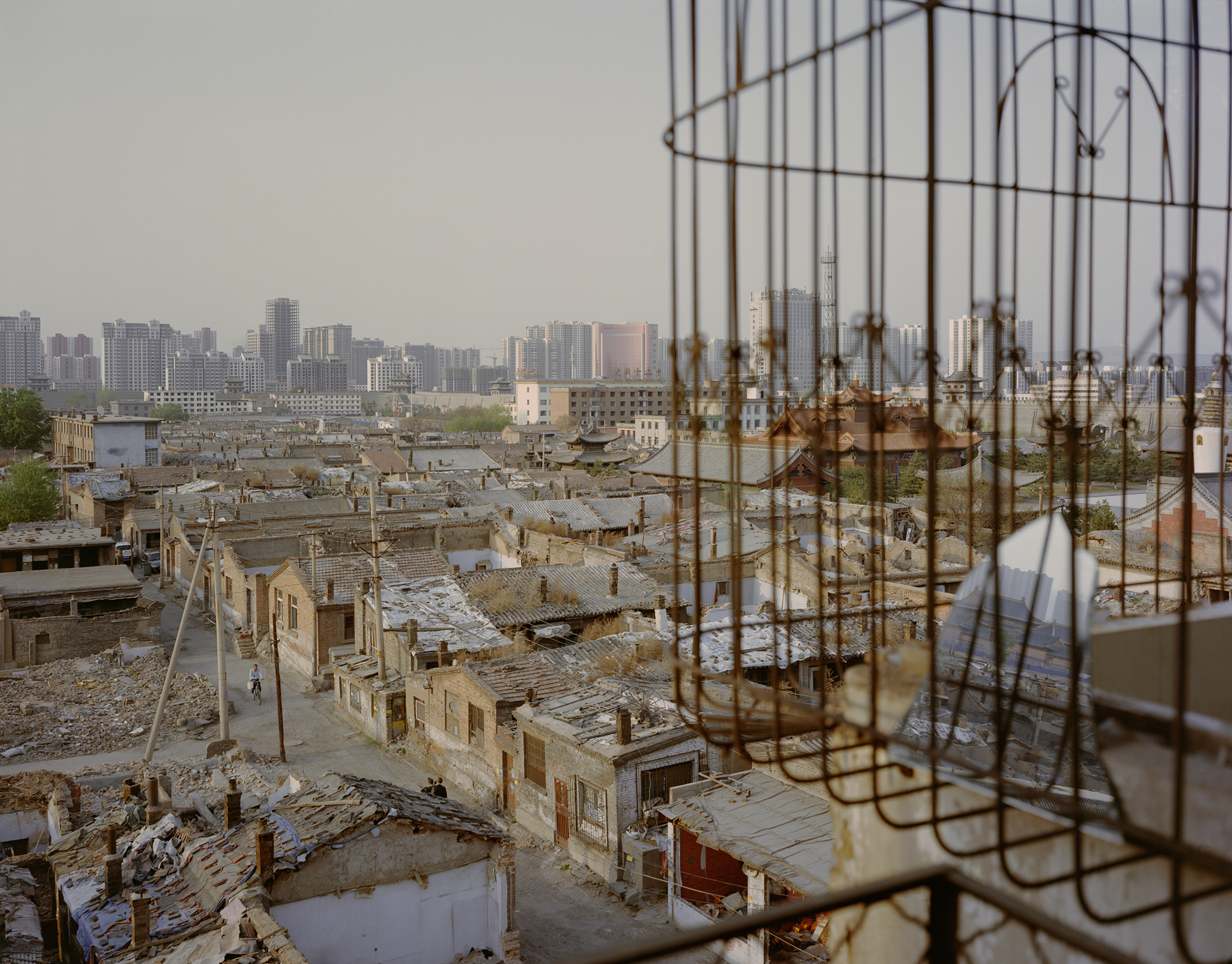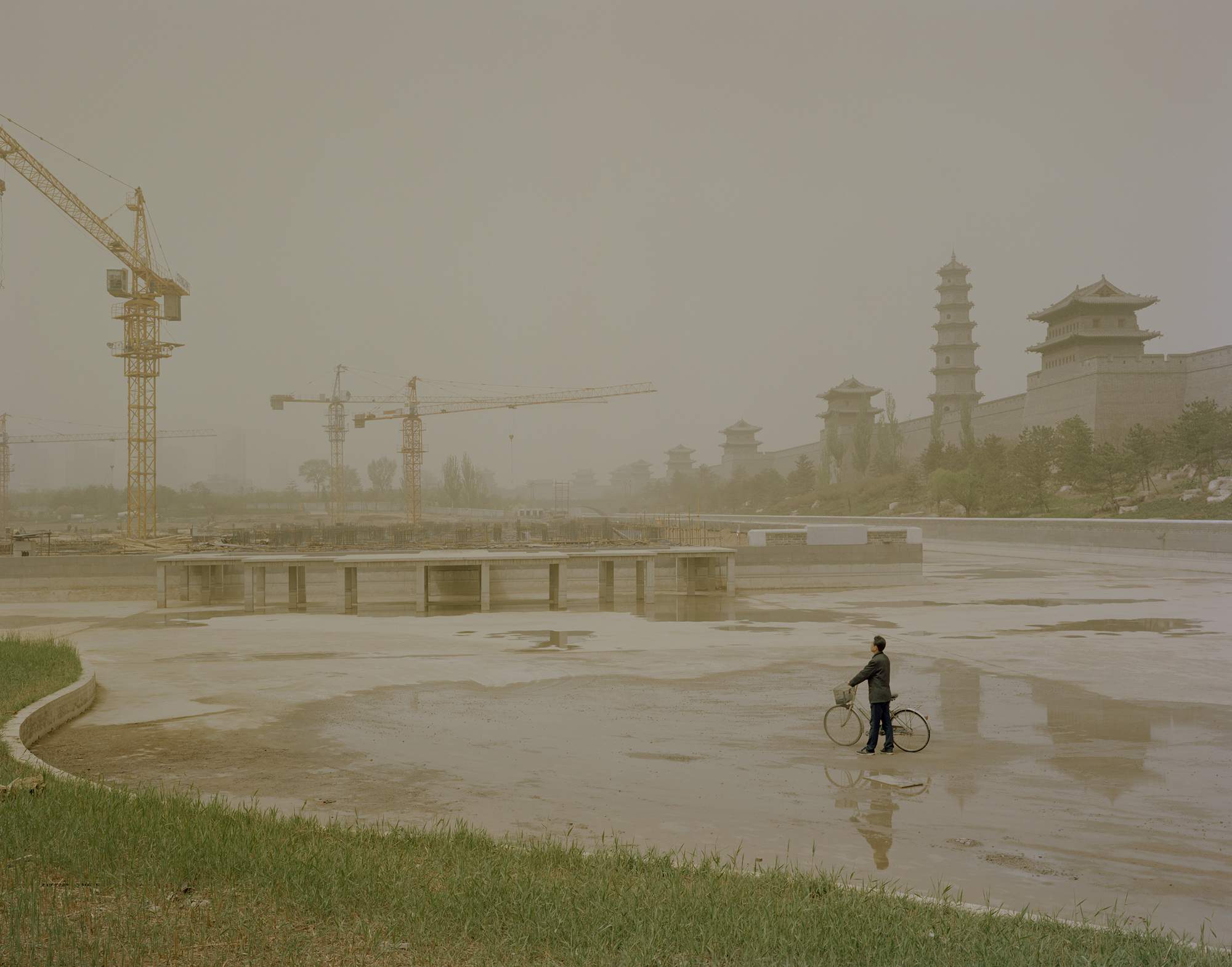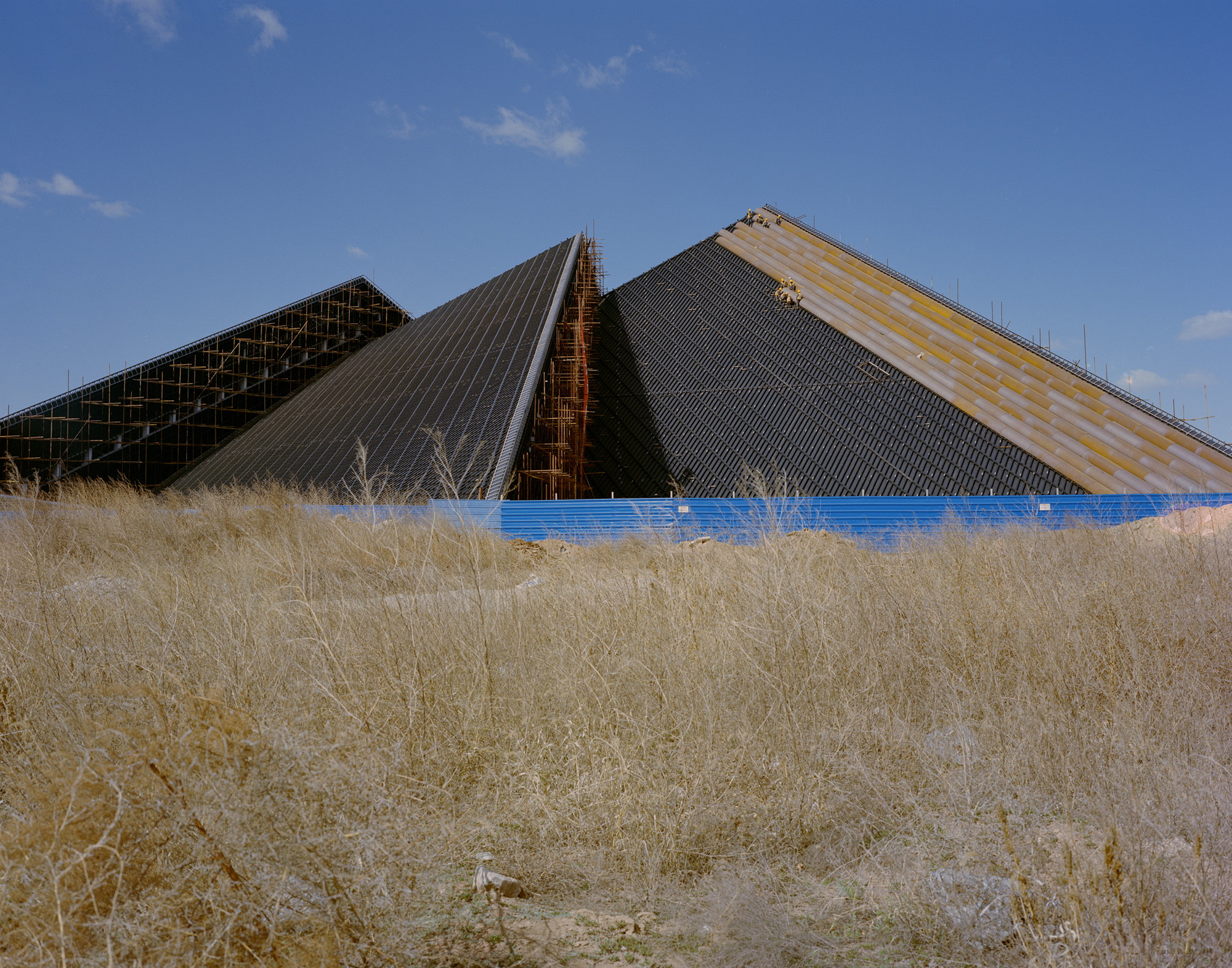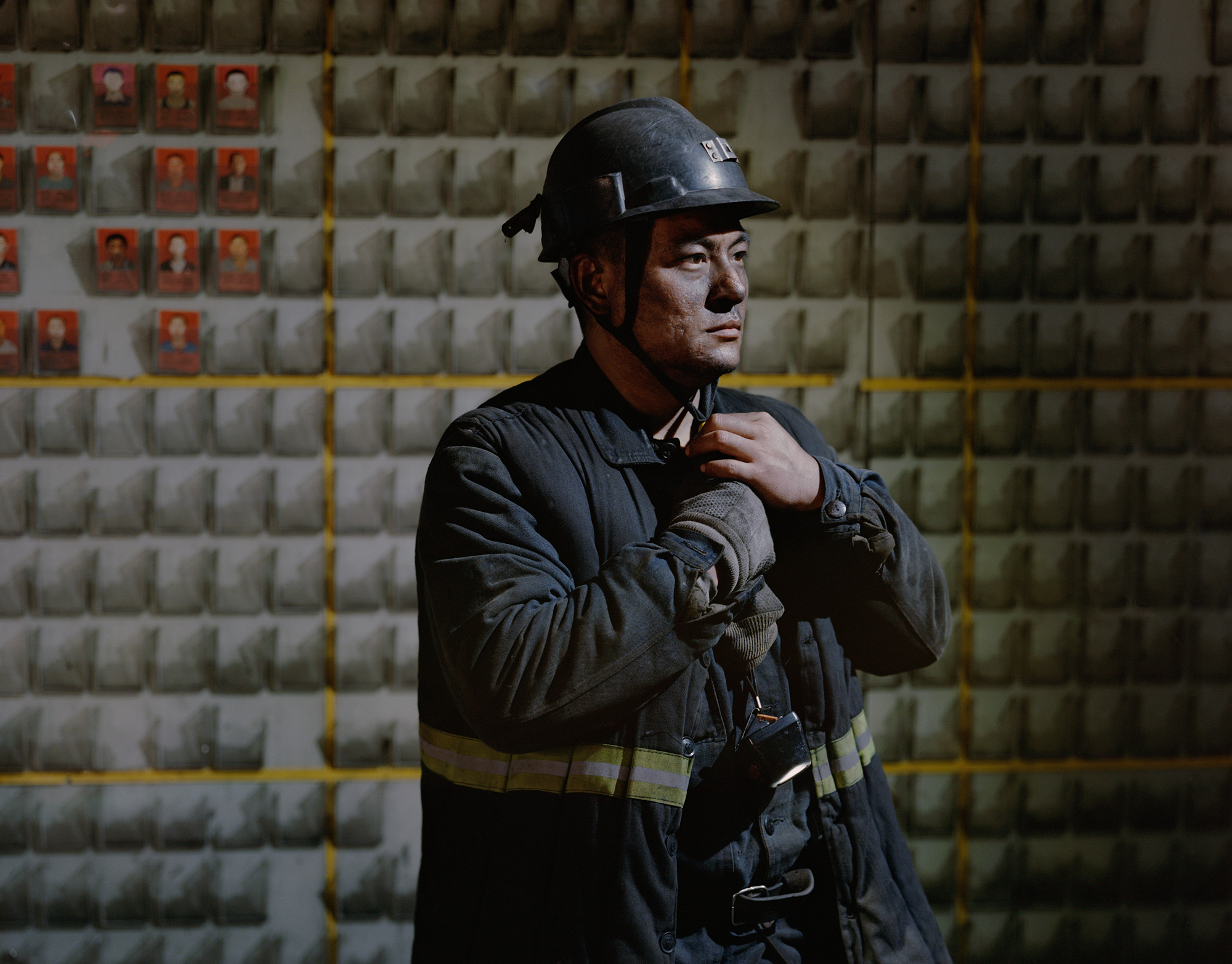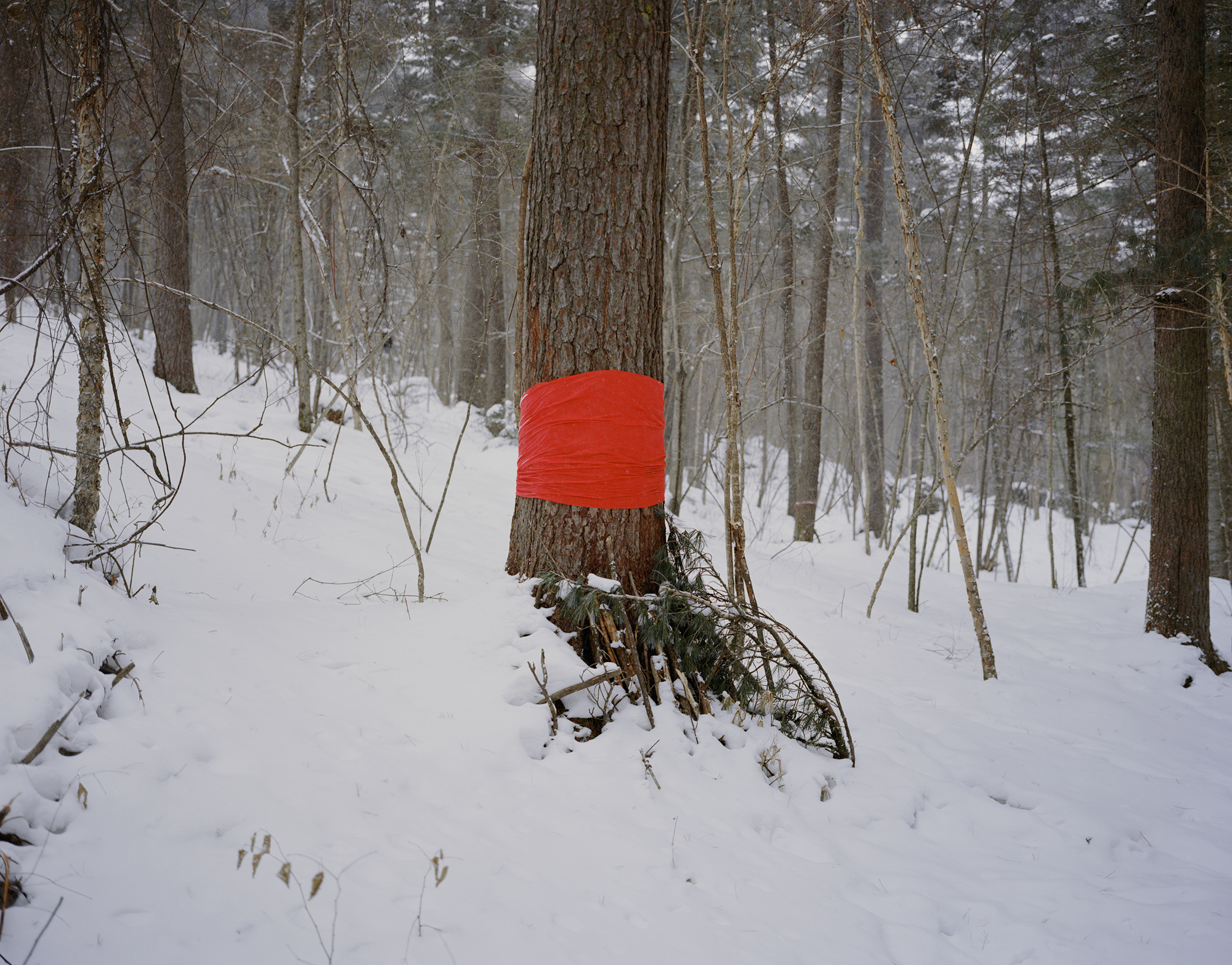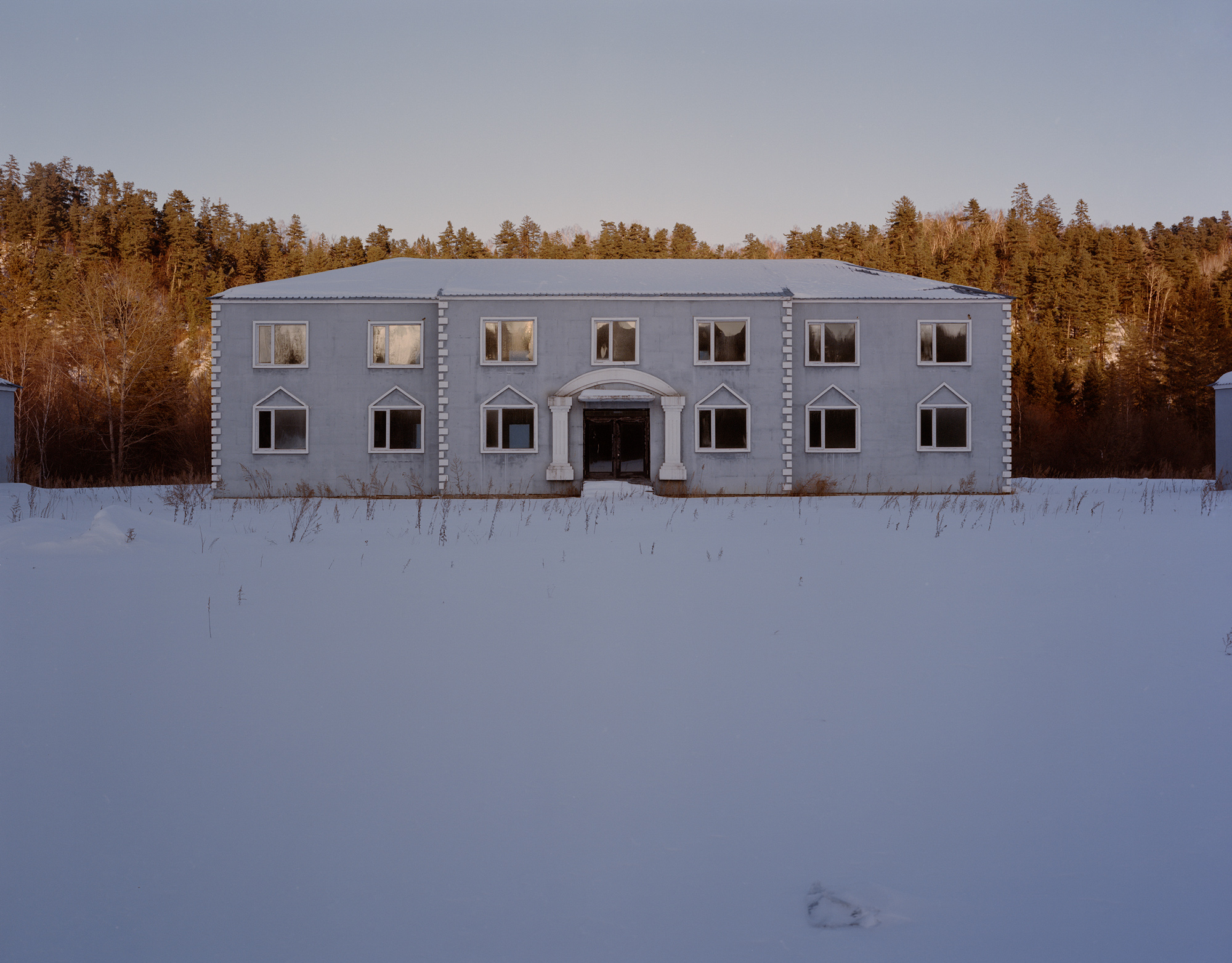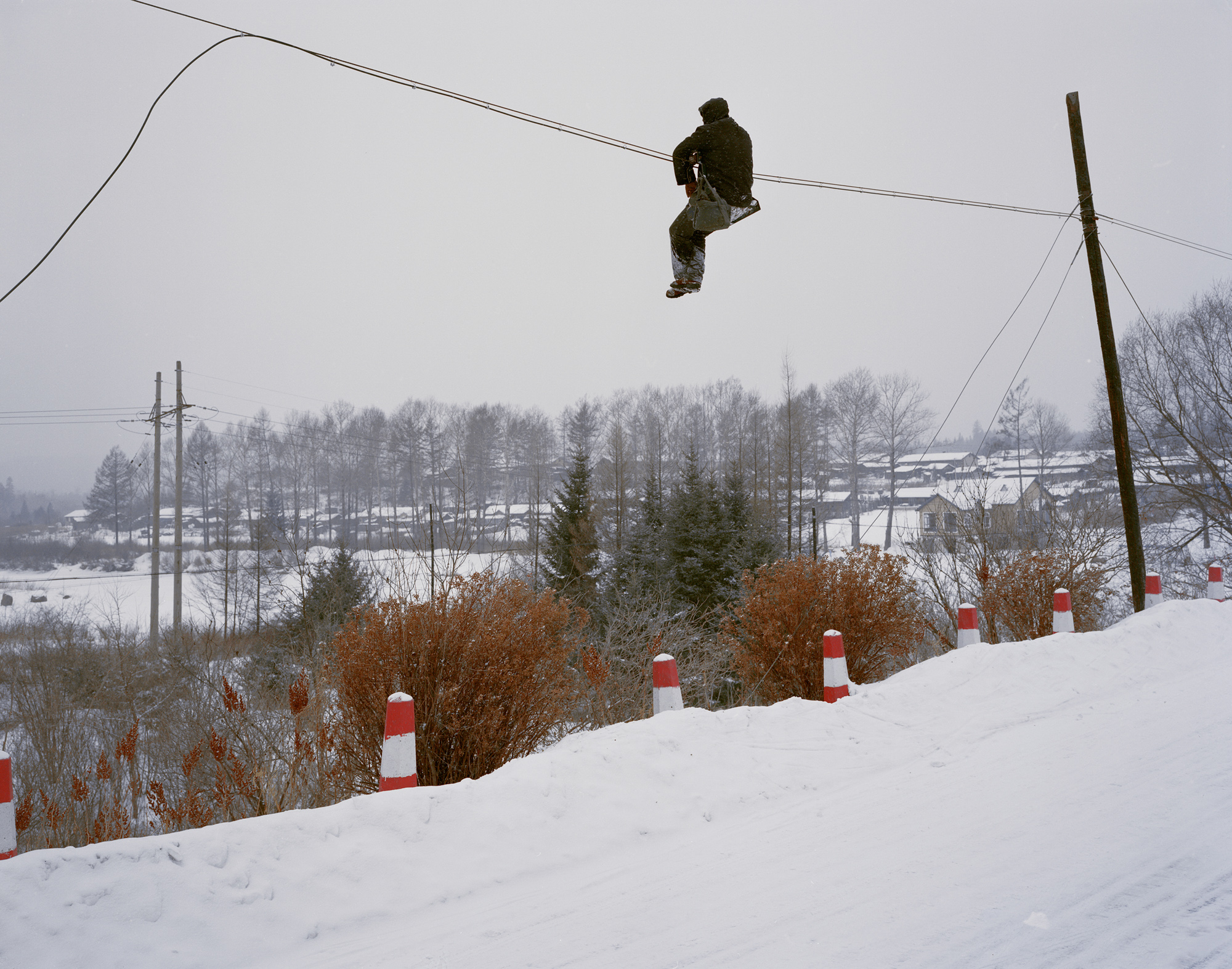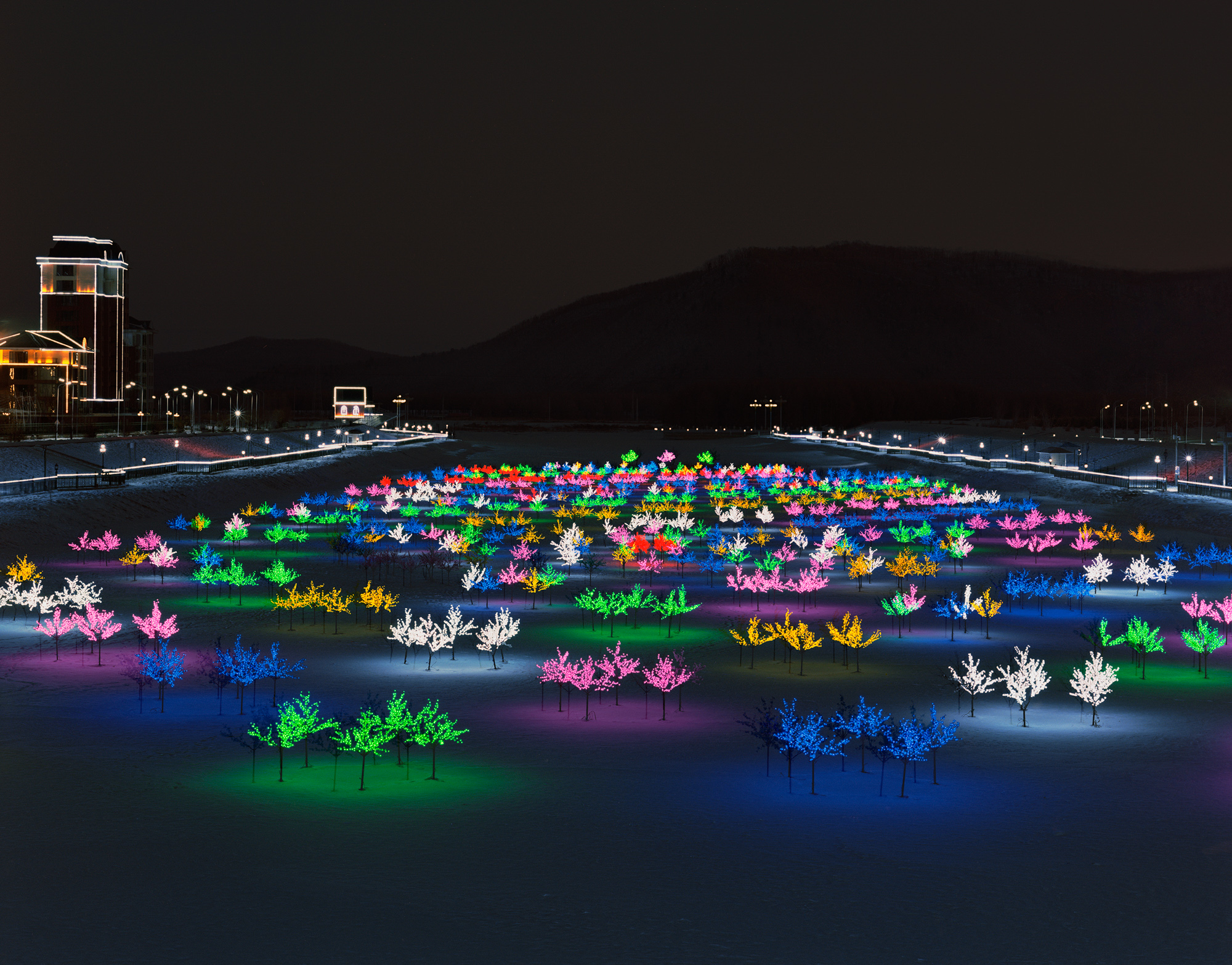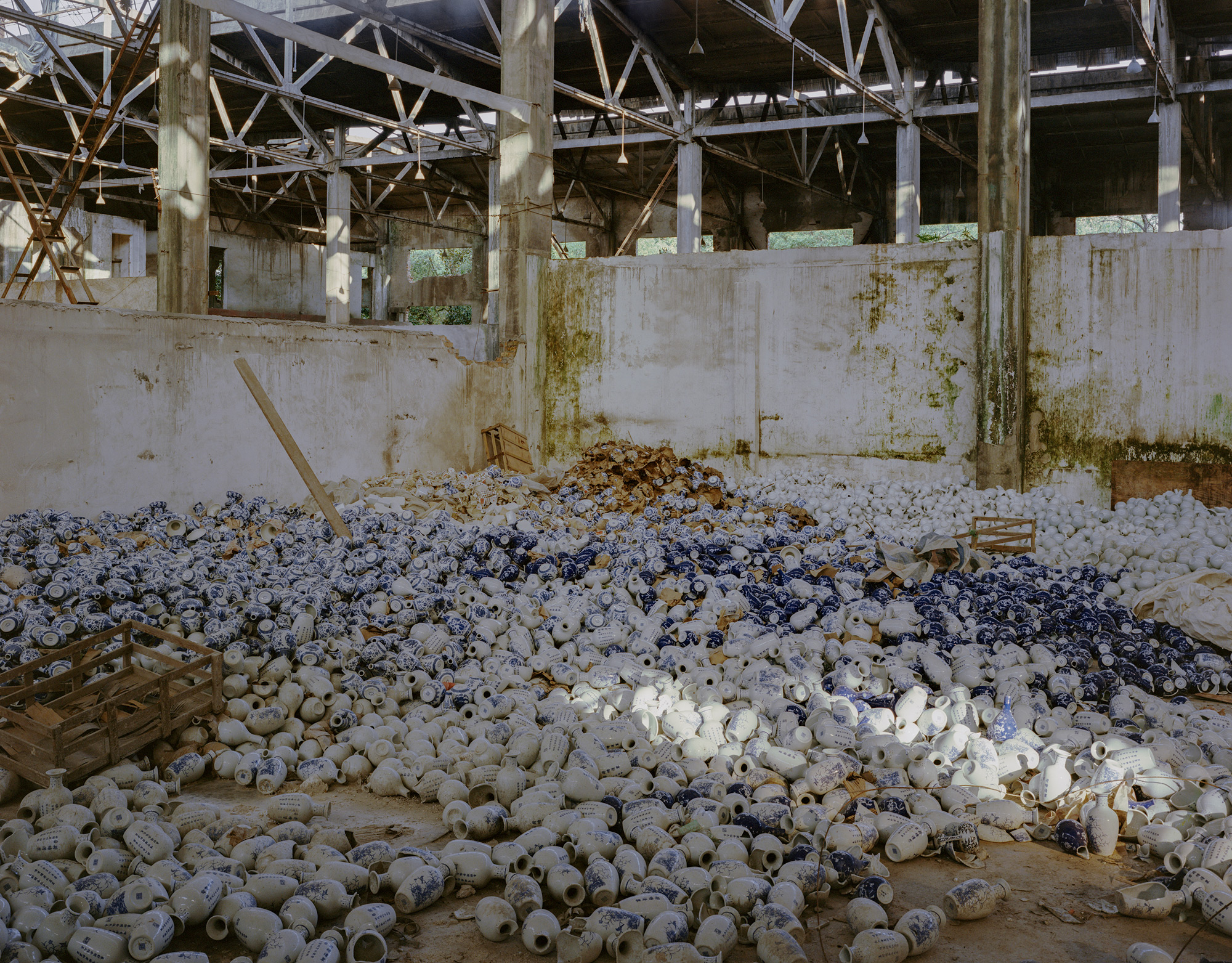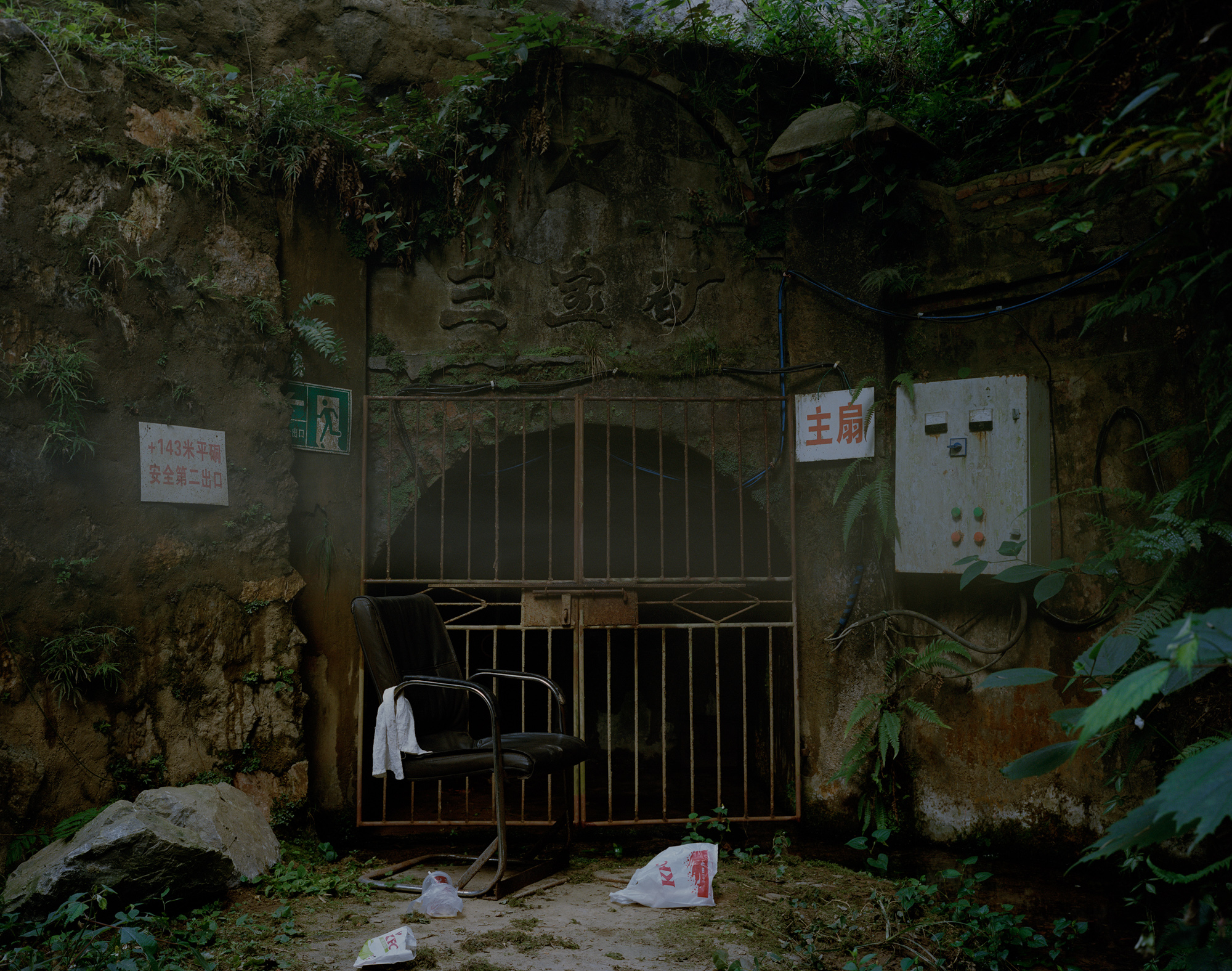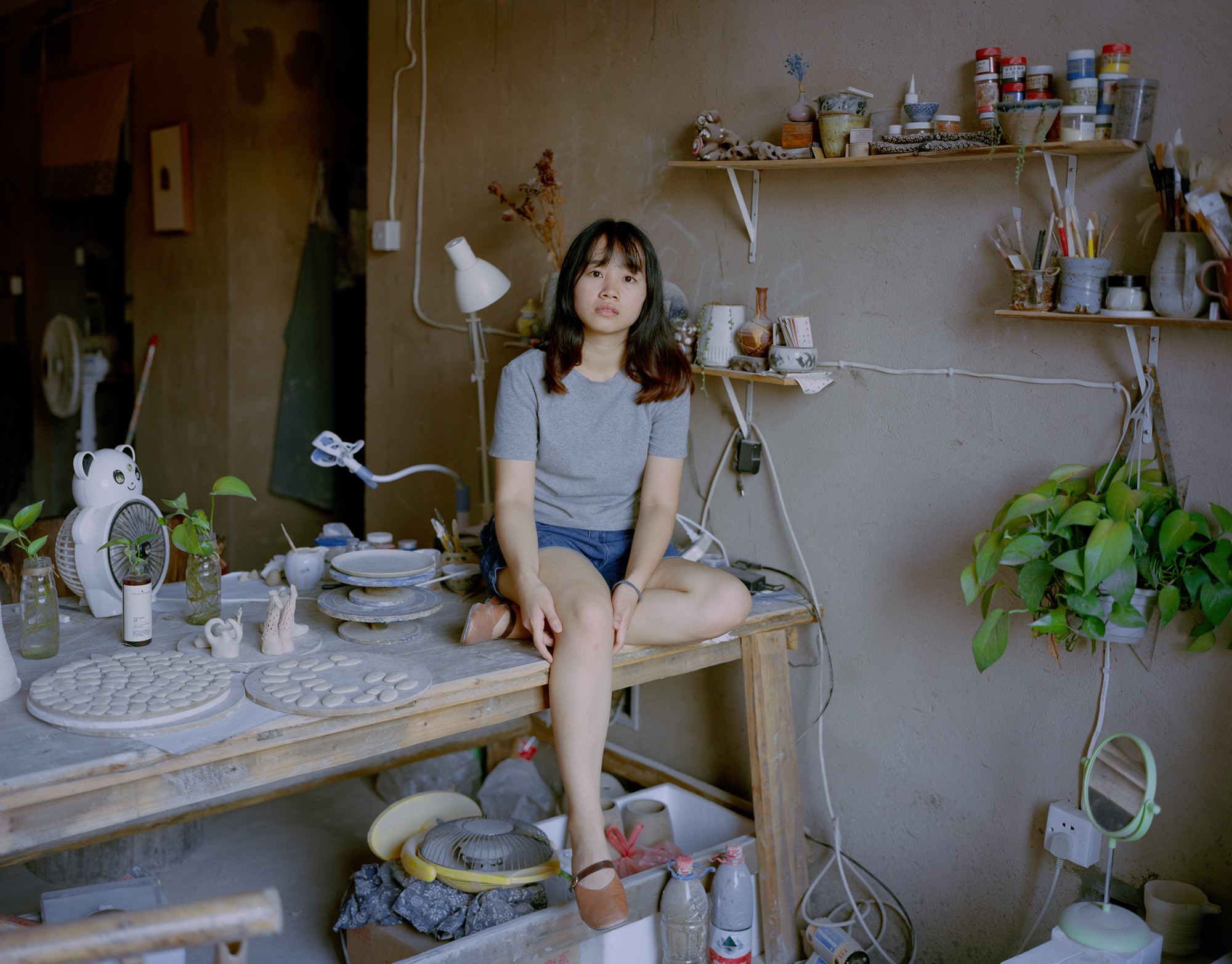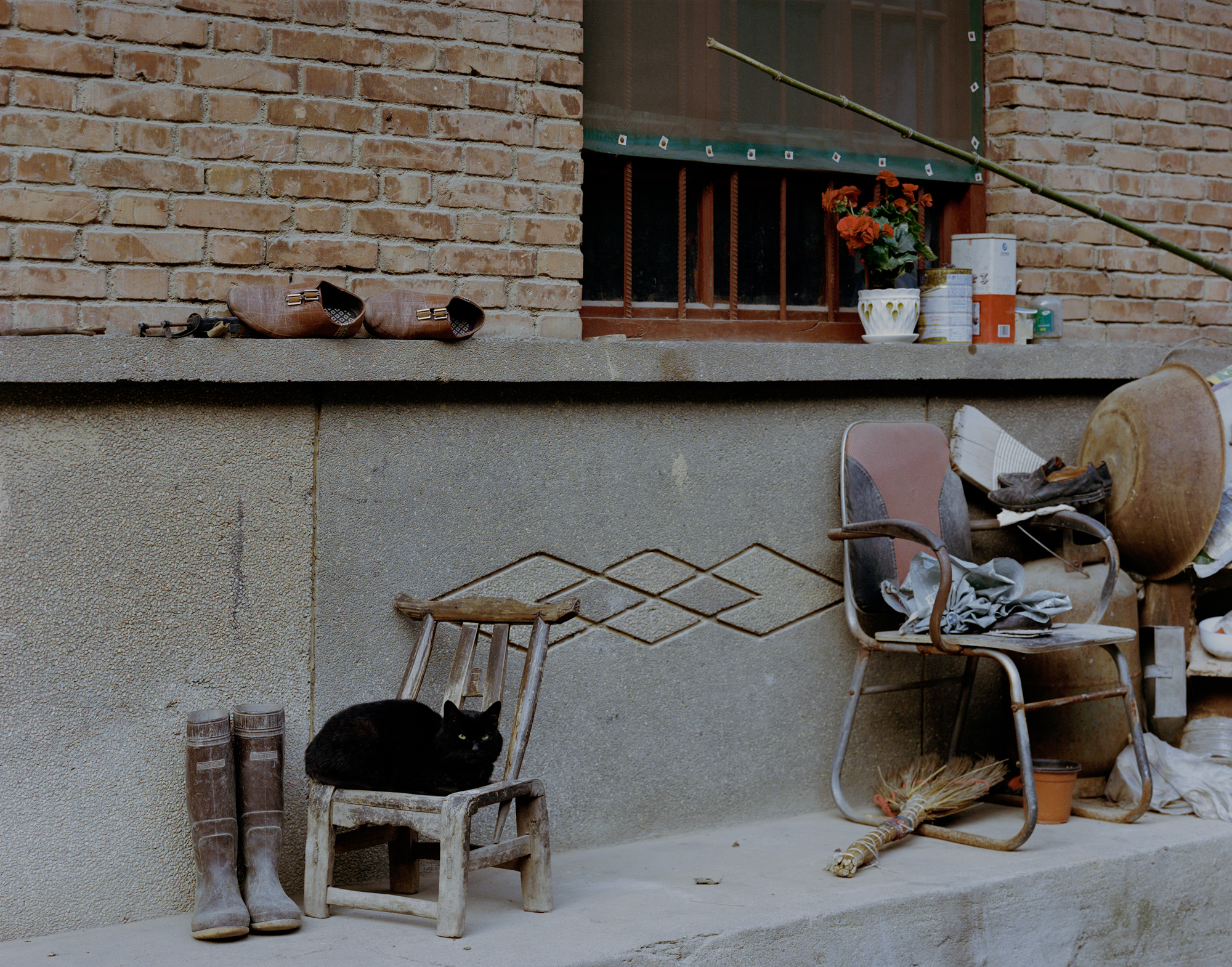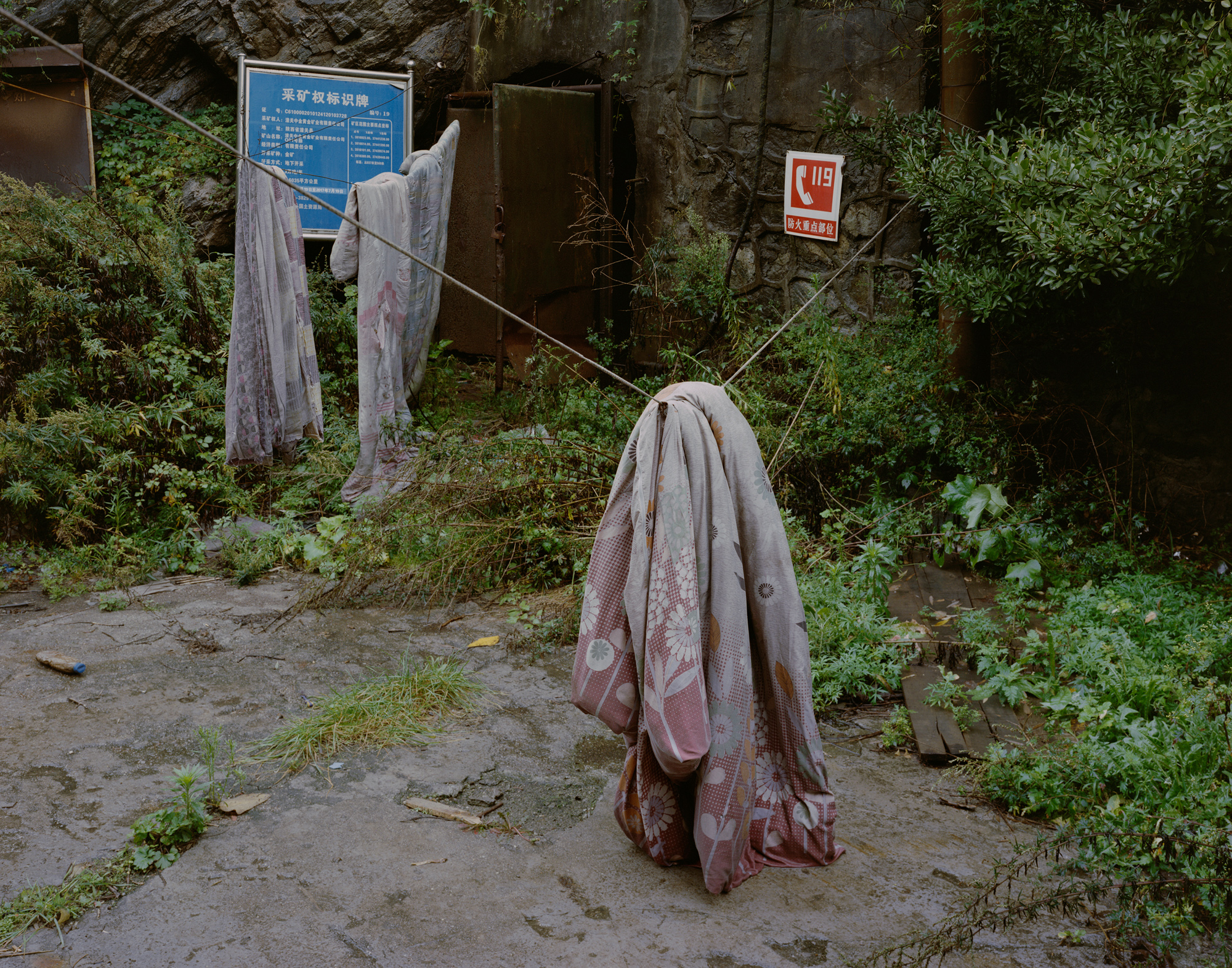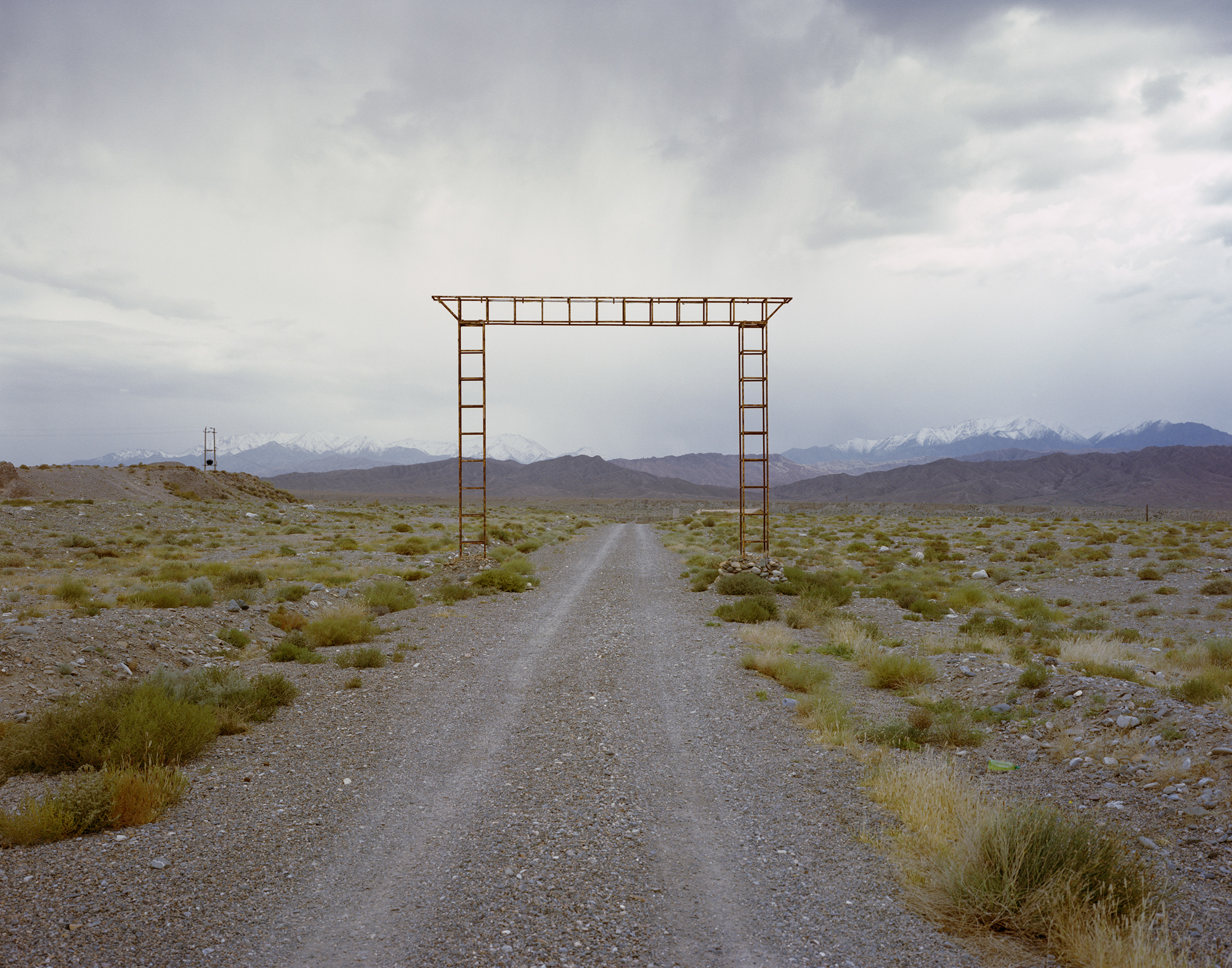Reform or Ruin: Chinese Cities on the Edge
China’s rapid industrialization has both led to, and been driven by, resource cultivation and extraction of breathtaking scope. But what happens when the resources run out?
For many Chinese cities, local natural resources are a wellspring of jobs, not to mention pride—just as West Virginia has its coal towns, so too does the city of Baotou have its iron ore. But fragility often follows, as downturns in supply or demand send shockwaves through the very cities that rely on them. Without sustainable policies, resource blessings can become a curse as a city’s luck runs out.
In an effort to fortify against future catastrophe, in 2013 China’s State Council named 262 cities “resource-based cities.” The designation is intended to focus the central government, especially the National Development and Reform Commision, on delivering environmental and economic reforms to resource-heavy economies before it is too late.
Beijing-based photographer Li Junhui traveled to eight resource-based cities in 2017: Ordos, Xiahuayuan, Yichun, Datong, Jingdezhen, Tongguan, Yumen, and Fuxin. The State Council has divided the 262 resource-based cities into four groups: “growing,” “mature,” “declining,” and “reborn.” But Beijing-based photographer Li Junhui believed that these classifications referred to the status of a city’s resource supply, “not to the city itself,” and set out to capture each place organically.
Li believes reforming these cities will “require a long period of time, just as a person who is sick with a curable disease . . . cannot leap energetically out of bed after just one dose of medicine.” One change Li observed in some of the cities he visited was a pivot toward the tourism industry.
The images Li returned are at once mighty and fragile. The experience of photographing these cities, Li writes, allowed him to see “progress and powerlessness” at work together.






